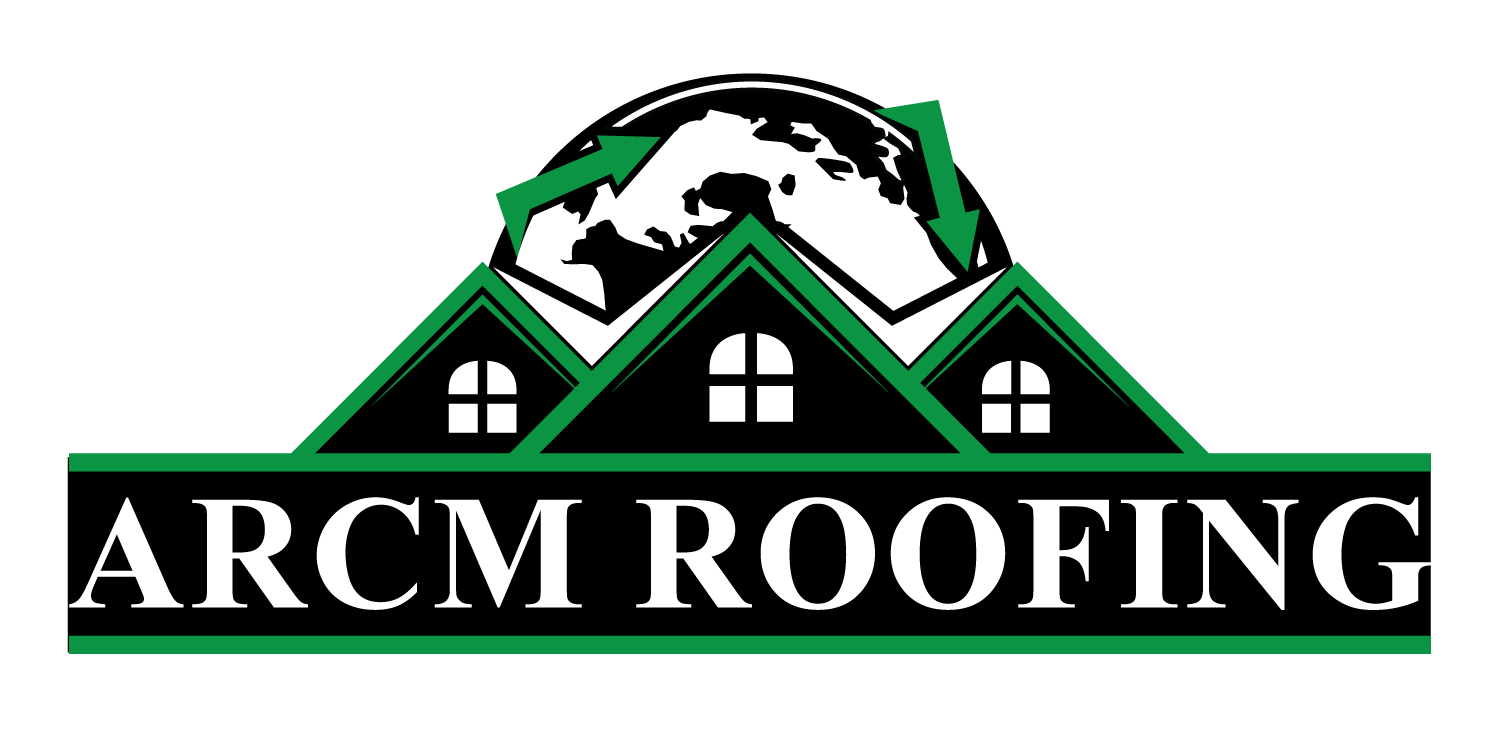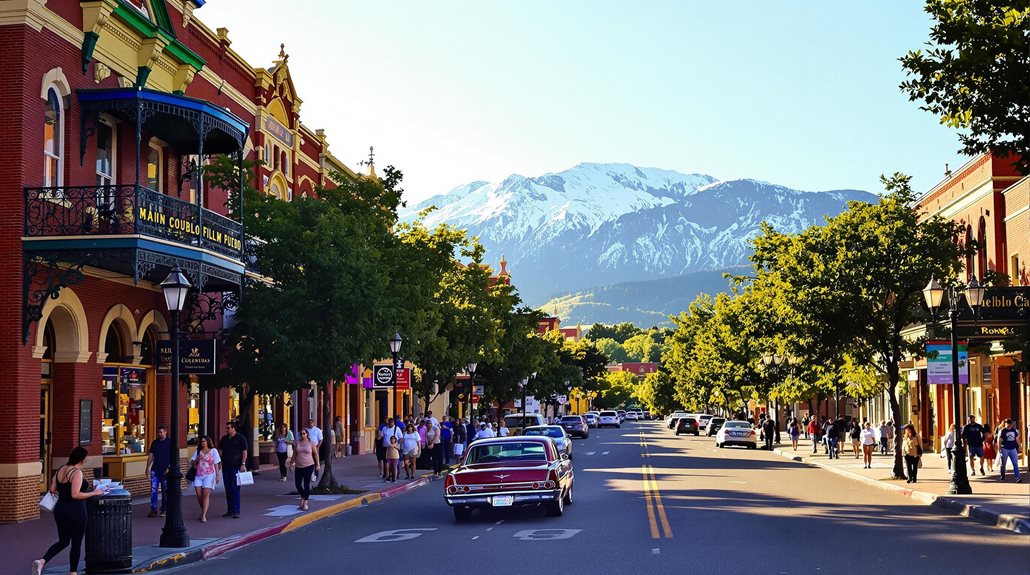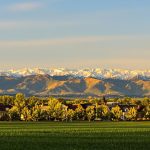Pueblo, Colorado, originated as the El Pueblo trading post in 1842 but was abandoned after a raid in 1854. Revival came during the Colorado Gold Rush of 1858-59. Incorporated in 1870, it became an industrial hub with the railroads in 1872. The establishment of Colorado Fuel & Iron Company in 1882 drew diverse immigrants. Today, Pueblo is a culturally rich community with a mix of heritage events and attractions, offering insights into its complex history and diverse influences. Further exploration uncovers more about its economic, cultural, and historical significance.
Expert Highlights
- Pueblo originated as the El Pueblo trading post in 1842.
- Incorporated in 1870, it became an industrial hub with the railroad.
- The city attracts diverse immigrants and is culturally rich.
- Pueblo offers attractions like the Weisbrod Aircraft Museum.
- It hosts cultural festivals in its ethnic neighborhoods.
Historical Development
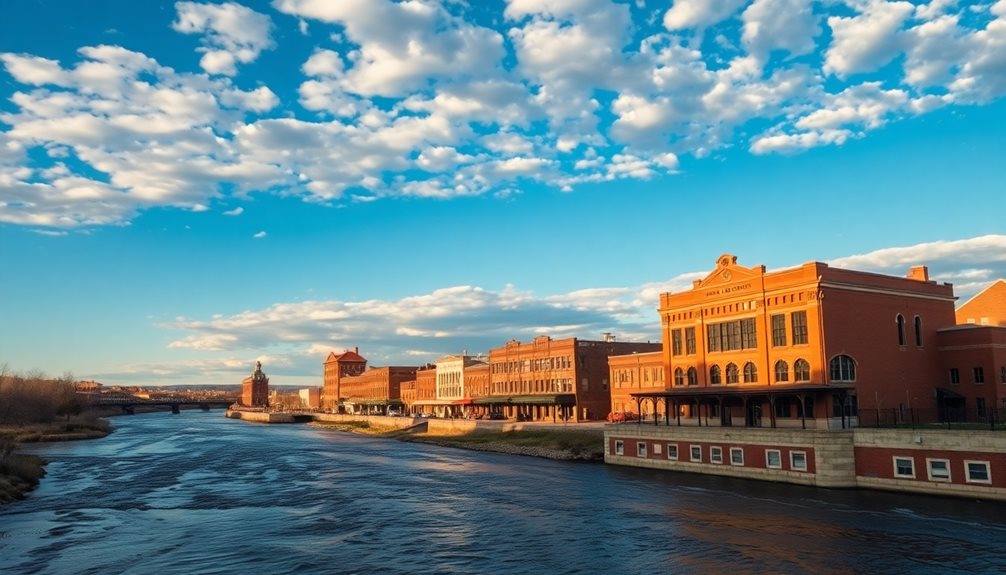
The historical development of Pueblo, Colorado, began with the establishment of El Pueblo, a trading post, around 1842. Initially, it served as a cultural crossroads but was abandoned after a raid by Utes and Apaches in 1854.
The city's growth resumed during the Colorado Gold Rush of 1858-59. Pueblo officially incorporated in 1870 and became a major industrial center with the arrival of the Denver & Rio Grande Railroad in 1872, and the establishment of the Colorado Fuel & Iron Company in 1882.
This industrialization attracted diverse immigrant populations. Today, visitors can explore Pueblo's historic charm through its well-preserved architecture and cultural attractions.
Economic Landscape
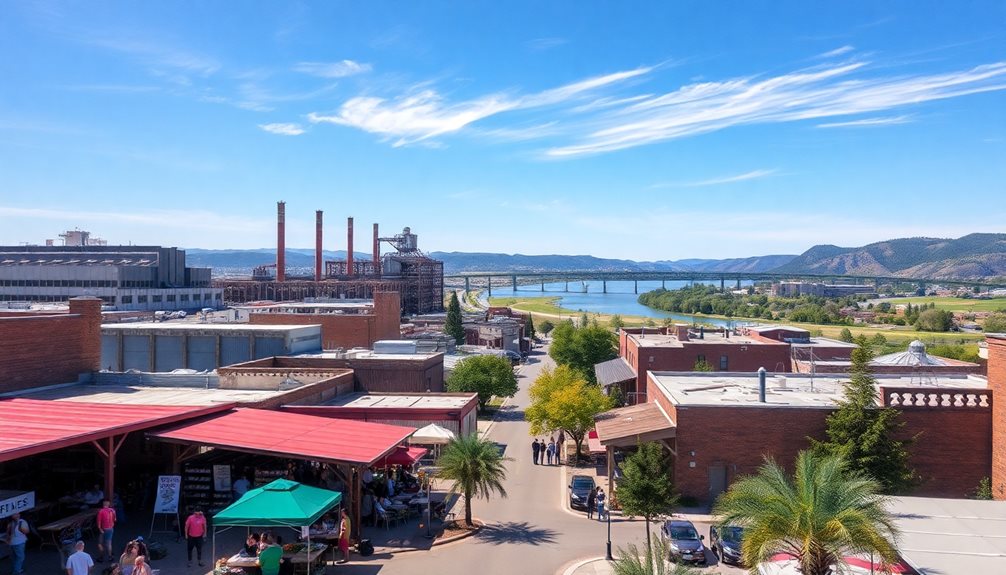
Pueblo, Colorado's economic landscape reflects a successful industrial legacy, built upon its historical foundations as a trading hub and later as a manufacturing center.
Its strategic location and abundant natural resources have fostered growth, with major employers like Evraz Rocky Mountain Steel Mill and CS Wind contributing considerably.
Despite challenges such as higher unemployment rates and sales tax declines, Pueblo remains attractive due to its low cost of living and business incentives.
Today, it is positioned as a leader in renewable energy and manufacturing.
The nearby community of Pueblo West offers additional economic opportunities and residential options for the region's workforce.
Cultural Diversity

Cultural richness emerges as a defining characteristic of Pueblo, Colorado, deeply rooted in its diverse historical influences.
Pueblo, Colorado's cultural richness is deeply rooted in diverse historical influences, weaving together a vibrant tapestry of ethnic and cultural heritage.
Pueblo's cultural tapestry is woven from various ethnic and cultural groups. Key aspects of this diversity include:
- Ethnic neighborhoods: Reflecting Italian, Slovenian, and Hungarian influences.
- Cultural events: Festivals that showcase heritage.
- Linguistic variety: More than 40 languages spoken historically.
- Native American legacies: Including Apache and Cheyenne communities.
- Global connections: Sister cities worldwide, such as Bergamo, Italy, and Maribor, Slovenia.
Modern Attractions**
Several modern attractions in Pueblo appeal to visitors seeking diverse entertainment options.
The Pueblo Weisbrod Aircraft Museum, located at the Pueblo Memorial Airport, showcases a vast collection of military, space, and civilian aircraft, drawing enthusiasts and historians alike.
Meanwhile, the Sangre de Cristo Arts & Conference Center offers an artistically inclusive environment with workshops, galleries, and performances.
Additionally, the historic Arkansas Riverwalk hosts cultural events and provides scenic views, making Pueblo an engaging destination.
These attractions contribute to Pueblo's vibrant cultural landscape.
Expert Final Thoughts
Pueblo, Colorado's evolution from early trading post to industrial hub illustrates its dynamic history and cultural diversity. The steel industry, once a cornerstone, now complements diverse employment sectors, including education and healthcare. Cultural attractions like the Historic Arkansas River Project and the Steelworks Center of the West enhance its appeal. Pueblo's blend of historical preservation and modern development makes it a vibrant, resilient city, capitalizing on heritage tourism and new industries to sustain economic growth.
